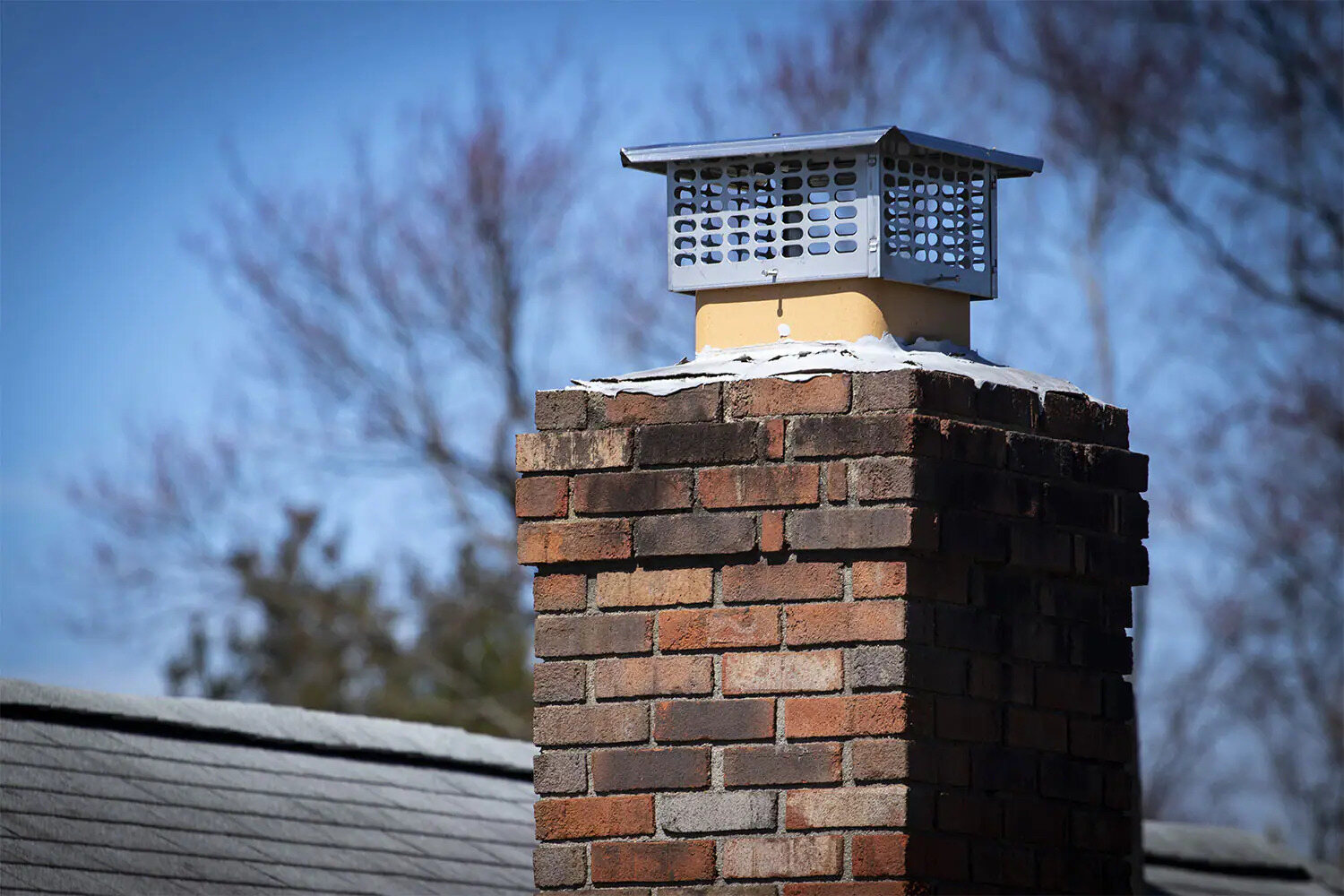

Articles
What Is Chimney Cap
Modified: February 24, 2024
Learn all about chimney caps in this informative article. Find out why chimney caps are important for your home and how they can prevent issues like pests, water damage, and debris buildup.
(Many of the links in this article redirect to a specific reviewed product. Your purchase of these products through affiliate links helps to generate commission for Storables.com, at no extra cost. Learn more)
Introduction
Welcome to our comprehensive guide on chimney caps. If you own a fireplace or a wood-burning stove, you may already be familiar with the importance of chimney maintenance. However, one crucial aspect that is often overlooked is the installation of a chimney cap. A chimney cap is a protective covering that sits on top of the chimney opening, serving as a barrier between your home and the outside elements. In this article, we will delve into the significance of chimney caps, their benefits, various types available, factors to consider before choosing one, installation process, common issues, and maintenance tips.
A chimney cap may seem like a simple addition, but its advantages go far beyond aesthetics. Along with enhancing the overall look of your chimney, it provides several practical benefits. The primary purpose of a chimney cap is to prevent debris, animals, and weather elements from entering your chimney and causing damage. It acts as a shield against rain, snow, leaves, and even small animals such as birds or squirrels attempting to create nests. Additionally, a chimney cap can also help to prevent downdrafts and improve the overall airflow within your chimney system.
Key Takeaways:
- Chimney caps are essential for protecting your chimney from debris, animals, and weather elements, improving indoor air quality, and reducing the risk of chimney fires. Proper installation and maintenance are crucial for long-lasting benefits.
- Choosing the right chimney cap involves considering factors such as chimney size, climate, functionality, and aesthetics. Regular cleaning, inspections, and prompt repairs are vital for ensuring the effective functioning and longevity of chimney caps.
Read more: Who Installs Chimney Caps
Understanding Chimney Caps
Chimney caps are typically made from durable materials such as stainless steel, aluminum, or copper. These materials are chosen for their ability to withstand harsh weather conditions and resist corrosion. They come in different shapes and sizes to fit the specific dimensions and style of your chimney.
Most chimney caps feature a mesh screen or wire cage design that allows smoke and gas to vent out while preventing larger debris from entering. This mesh screen also functions as a spark arrestor, reducing the risk of a chimney fire by catching any hot embers or sparks that may escape from your fireplace.
In addition to their practical benefits, chimney caps can also add a touch of elegance to your home’s exterior. With various styles and finishes available, you can choose a chimney cap that complements the architectural design of your house. Whether you prefer a traditional look or a more modern aesthetic, there is a chimney cap out there that will suit your taste.
Benefits of Installing a Chimney Cap
The installation of a chimney cap offers numerous advantages that go beyond keeping your chimney free from debris. Let’s explore some of the key benefits:
- Protection against Weather Elements: A chimney cap acts as a barrier, preventing rain, snow, hail, and other elements from entering your chimney. This protection helps to prolong the lifespan of your chimney by preventing water-related damage such as rust, erosion, and cracks.
- Preventing Animal Intrusion: Chimney caps are effective in preventing animals such as birds, squirrels, raccoons, and bats from making their way into your chimney. Animals seeking warmth or a place to build a nest can cause blockages, create unpleasant odors, and even pose health hazards.
- Protection against Downdrafts: A properly installed chimney cap can help to minimize downdrafts, which occur when wind or air pressure forces the smoke and gases back into your home. This not only prevents the potential spread of harmful fumes but also ensures optimal airflow within your chimney.
- Fire Safety: Chimney caps equipped with spark arrestors greatly reduce the risk of chimney fires. These spark arrestors trap any sparks or embers that could escape from your fireplace, preventing them from landing on your roof or neighboring flammable materials.
These are just a few of the many benefits that installing a chimney cap can provide. Now that we have covered the importance and advantages of chimney caps, let’s explore the different types available in the market.
Key Takeaways:
- Chimney caps are essential for protecting your chimney from debris, animals, and weather elements, improving indoor air quality, and reducing the risk of chimney fires. Proper installation and maintenance are crucial for long-lasting benefits.
- Choosing the right chimney cap involves considering factors such as chimney size, climate, functionality, and aesthetics. Regular cleaning, inspections, and prompt repairs are vital for ensuring the effective functioning and longevity of chimney caps.
Read more: Who Installs Chimney Caps
Understanding Chimney Caps
Chimney caps are an essential component of any chimney system. They serve as a protective covering that sits on top of the chimney opening, providing a barrier against external elements that can cause damage to your chimney and home.
Chimney caps are typically made from durable materials such as stainless steel, aluminum, or copper. These materials are chosen for their ability to withstand harsh weather conditions and resist corrosion. They come in various shapes and sizes to fit the specific dimensions and style of your chimney.
One of the primary features of a chimney cap is the mesh screen or wire cage design. This design allows smoke and gas to escape while preventing larger debris from entering the chimney. The mesh screen also serves as a spark arrestor, reducing the risk of chimney fires by preventing hot embers or sparks from escaping and landing on the roof or other nearby flammable materials.
There are different types of chimney caps available, each with its own unique features. One common type is a single-flue chimney cap, which is designed to cover a single flue. These caps usually have a peaked or sloped top to deflect water and debris away from the opening. Single-flue chimney caps are available in standard sizes, but custom-sized options can also be obtained to fit specific chimney dimensions.
Another type of chimney cap is a multi-flue cap, which is designed to cover multiple flues. These caps are typically larger and wider to accommodate several chimney openings. Multi-flue caps often have a removable lid or hinged doors to allow for easy access and cleaning of the multiple flues.
In addition to single-flue and multi-flue chimney caps, there are also specialty caps available for specific chimney types or functions. For example, there are chimney caps designed specifically for factory-built or prefabricated fireplaces, which have unique dimensions and venting requirements. There are also draft-increasing caps that are designed to improve airflow and reduce downdrafts within the chimney.
Choosing the right chimney cap for your needs requires consideration of various factors, including the size and shape of your chimney, the type of fireplace or stove you have, and the weather conditions in your area. It is advisable to consult with a professional chimney sweep or installer to ensure you select the appropriate cap that will provide optimal protection and functionality.
In summary, chimney caps are an important component of a well-maintained chimney system. They protect against external elements, prevent debris and animals from entering the chimney, and reduce the risk of chimney fires. Understanding the different types of chimney caps available and their features will help you make an informed decision when selecting the right cap for your chimney.
Benefits of Installing a Chimney Cap
Installing a chimney cap offers numerous advantages that go beyond just keeping your chimney clean. Here are some of the key benefits of installing a chimney cap:
- Protection against Weather Elements: One of the primary benefits of a chimney cap is its ability to shield your chimney from the harsh effects of weather. Rain, snow, sleet, and hail can all cause damage to your chimney, leading to costly repairs. A chimney cap acts as a barrier, preventing these elements from entering your chimney and protecting it from water-related damage such as rust, erosion, and cracks.
- Preventing Animal Intrusion: Chimney caps are highly effective in keeping animals out of your chimney. Birds, squirrels, raccoons, and other critters may see your chimney as a perfect place to build a nest or seek warmth. However, their presence can lead to blockages, unpleasant odors, and potentially dangerous situations. A chimney cap with a mesh screen prevents these animals from entering your chimney, keeping it free from obstructions and protecting your home from the damage they can cause.
- Improving Indoor Air Quality: A properly installed chimney cap helps to maintain good indoor air quality by preventing downdrafts. Downdrafts occur when wind or air pressure forces smoke and harmful gases back into your home instead of venting it out through the chimney. A chimney cap acts as a barrier against strong winds, reducing the likelihood of downdrafts and ensuring that smoke and gases are effectively expelled from your living space.
- Fire Safety: Chimney caps equipped with spark arrestors significantly reduce the risk of chimney fires. The mesh screen of a chimney cap catches sparks, embers, and other burning particles that may escape from your fireplace. By preventing these flammable materials from reaching your roof or nearby vegetation, chimney caps help to minimize the chances of a dangerous chimney fire.
- Preventing Debris Build-up: Leaves, twigs, and other debris can easily find their way into an uncovered chimney. This build-up can obstruct the proper functioning of your chimney, leading to poor ventilation, reduced efficiency, and even potential damage. A chimney cap acts as a barrier, preventing debris from entering the chimney, thereby allowing for optimal airflow and minimizing the risk of performance issues.
- Reducing Maintenance Needs: By keeping debris, animals, and water out of your chimney, a chimney cap can help to reduce the frequency of chimney cleaning and maintenance. With fewer blockages and less exposure to moisture, your chimney will require less attention and upkeep, saving you time, effort, and money in the long run.
These are just a few of the many benefits that come with installing a chimney cap. Not only does it protect your chimney and home, but it also enhances the overall performance and safety of your fireplace or wood-burning stove. Whether you live in a rainy climate or want to keep pesky critters out, a chimney cap is a wise investment that offers long-lasting protection and peace of mind.
Read more: How To Install A Chimney Cap
Types of Chimney Caps
Chimney caps come in various types, each designed to fit specific chimney structures and address different needs. Understanding the different types of chimney caps can help you choose the most suitable option for your chimney. Let’s explore some of the common types:
- Single-Flue Chimney Caps: As the name suggests, these chimney caps are designed to cover a single flue. They are a popular choice for chimneys with a single fireplace or wood-burning stove. Single-flue chimney caps are available in different sizes to fit various flue dimensions. They often feature a sloped or peaked top to prevent water and debris from entering the flue.
- Multi-Flue Chimney Caps: Multi-flue chimney caps are designed to cover multiple flues on one chimney. They are an ideal choice for chimneys with multiple fireplaces or appliances. These caps are wider and larger to accommodate the multiple openings and are available in different configurations, including side-by-side or overhanging designs.
- Chase Covers: Chase covers are typically used for chimneys with a modern or factory-built design. They are made from durable materials like stainless steel or copper and are designed to fit over the top of a chase, which is a vertical structure that surrounds the chimney. Chase covers protect the chimney from water damage and prevent debris from entering the chase.
- Spark Arrestor Caps: Spark arrestor caps are specifically designed to reduce the risk of chimney fires. These caps feature a fine mesh screen that acts as a spark arrestor, catching sparks, embers, and other burning debris that may escape from the fireplace. The mesh screen prevents these flammable particles from reaching the roof or surrounding areas, reducing the chances of a dangerous chimney fire.
- Top-Mounted Damper Caps: Top-mounted damper caps combine the functionality of a chimney cap with a damper. These caps sit on top of the chimney and have a built-in damper that can be opened or closed to control airflow and prevent heat loss when the fireplace is not in use. Top-mounted damper caps provide both protection and energy efficiency benefits.
- Specialty Caps: In addition to the standard types of chimney caps, there are also specialty caps available to cater to specific needs. Some examples include high wind caps designed to withstand strong winds, draft-increasing caps that improve ventilation and reduce downdrafts, and decorative caps that add a stylish touch to your chimney’s appearance.
When choosing a chimney cap, consider factors such as the size and shape of your chimney, your specific needs and preferences, and any local building codes or regulations that may apply. It is recommended to consult with a chimney professional who can assess your chimney and provide expert guidance on the most suitable type of chimney cap for your specific requirements.
By selecting the right type of chimney cap, you can enhance the protection, functionality, and aesthetics of your chimney while ensuring the safety and efficiency of your fireplace or wood-burning stove.
A chimney cap is a protective covering for the top of a chimney, designed to prevent debris, animals, and rainwater from entering the chimney flue. It also helps to improve the draft and prevent downdrafts. Regular maintenance and cleaning of the chimney cap are essential to ensure proper functioning.
Factors to Consider Before Choosing a Chimney Cap
Choosing the right chimney cap for your specific needs requires careful consideration of various factors. Taking these factors into account will help ensure that you select a chimney cap that provides proper protection and functionality. Here are some key factors to consider:
- Chimney Size and Shape: The size and shape of your chimney play a crucial role in determining the type and size of the chimney cap you need. Measure the dimensions of your chimney, including the width and length of the flue, to ensure a proper fit. Additionally, consider the overall shape of your chimney, whether it is square, rectangular, or round, to choose a cap that matches its shape.
- Chimney Type and Material: Consider the type of chimney you have, as different types require specific chimney caps. For example, if you have a factory-built or prefabricated fireplace, you will need a chimney cap specifically designed for this type of chimney. Additionally, consider the material of your chimney, such as brick, stone, or metal, to select a cap that complements the chimney’s aesthetics and provides proper protection.
- Climate and Weather Conditions: The climate and weather in your area should also influence your choice of chimney cap. If you live in an area with heavy rainfall or strong winds, look for a chimney cap that is highly resistant to water and can withstand high wind speeds. Consider the level of precipitation, snowfall, and exposure to extreme weather elements when selecting a cap that offers optimal protection.
- Functionality and Features: Determine the specific functionality you need from the chimney cap. If you want to prevent animals from entering your chimney, choose a cap with a mesh screen that keeps out pests. If you live in an area prone to downdrafts, look for a cap with a draft-increasing mechanism to improve airflow. Consider features like spark arrestors, removable lids for cleaning, and built-in dampers for added functionality.
- Aesthetics: While functionality is crucial, aesthetics also play a role in the selection of a chimney cap. Choose a cap that complements the overall design and style of your home. Chimney caps are available in various finishes and designs, from simple and traditional to more decorative options. Take the time to find a cap that enhances the visual appeal of your chimney and blends well with your home’s exterior.
- Budget: Consider your budget when selecting a chimney cap. Prices can vary depending on the type, material, and features of the cap. Set a budget range and explore options within that range to find a chimney cap that meets your needs without exceeding your financial limits.
It is also advisable to consult with a professional chimney sweep or installer to ensure you choose the most suitable chimney cap. They can offer expert advice based on their experience and knowledge of chimney systems and help you navigate the various options available.
By considering these factors and making an informed decision, you can select a chimney cap that not only provides effective protection but also enhances the functionality and aesthetics of your chimney system.
How to Install a Chimney Cap
Installing a chimney cap is a relatively straightforward process that can be done with a few basic tools and materials. While it is possible to install a chimney cap yourself, it may be advisable to seek the assistance of a professional chimney sweep to ensure proper installation and safety. Here are the general steps to install a chimney cap:
- Choose the Right Chimney Cap: Select a chimney cap that is suitable for your chimney size, type, and specific needs. Ensure that the cap comes with all necessary hardware for installation.
- Prepare the Chimney: Start by cleaning the chimney and removing any debris or obstructions. Ensure that the flue is clear and in good condition.
- Position the Chimney Cap: Place the chimney cap over the chimney opening, ensuring that it fits securely. Make sure that the mesh screen is facing down and the cap is centered over the flue.
- Secure the Chimney Cap: Depending on the design of the chimney cap, use the provided screws or brackets to secure it in place. Follow the manufacturer’s instructions for proper installation. Ensure that the cap is securely attached and will not move or shift during use.
- Check for Proper Airflow: After installing the chimney cap, verify that there is proper ventilation and airflow through the flue. Make sure the cap does not restrict the natural draft of the chimney. If you notice any issues with airflow, adjust or reposition the cap as necessary.
- Inspect for Stability and Functionality: Once the chimney cap is installed, check for any signs of instability or loose parts. Ensure that the cap is securely attached and that all components, such as spark arrestors or dampers, are functioning correctly.
- Maintain Regular Inspection and Cleaning: After installing the chimney cap, it is essential to maintain regular inspection and cleaning of your chimney system. This will ensure that the cap remains in good condition and prevents any blockages or debris build-up that may occur over time.
It is important to keep in mind that the installation process may vary depending on the type and design of the chimney cap you have chosen. Always refer to the manufacturer’s instructions for specific installation guidelines. If you are unsure or uncomfortable with installing a chimney cap yourself, it is recommended to seek the assistance of a professional chimney sweep who can ensure proper installation and address any specific requirements of your chimney system.
By installing a chimney cap correctly, you can enjoy the benefits of improved protection, enhanced airflow, and reduced maintenance for your chimney system.
Common Issues with Chimney Caps
While chimney caps offer several benefits and protection for your chimney system, it’s essential to be aware of common issues that may arise with their installation or usage. Being familiar with these issues can help you identify and address them promptly. Here are some common issues with chimney caps:
- Poor Installation: Improper installation is one of the primary issues with chimney caps. Caps that are not securely attached or are incorrectly positioned may become loose or unstable over time. This can lead to water leaks, animal intrusion, or even the cap falling off completely. It is important to follow the manufacturer’s installation instructions or seek professional assistance to ensure proper installation.
- Debris Accumulation: Although chimney caps are designed to prevent debris from entering the chimney, small particles like dust, pollen, or seeds may still find their way through the mesh screen. Over time, this accumulation can obstruct airflow and negatively impact ventilation. Regular cleaning and maintenance can help minimize debris buildup and ensure optimal performance.
- Blockage by Nesting Animals: Chimney caps are an effective deterrent against nesting animals. However, determined birds or small animals may still try to build nests or find their way through gaps in the cap. Regular inspections are crucial to identify any signs of animal infestation and take appropriate measures to remove the nest and prevent further entry.
- Water Leakage: While chimney caps are designed to keep water out, excessive rain or poor cap design may still allow water to penetrate. Water leakage can cause damage to the interior of the chimney, including rusting of the flue liner, deterioration of the masonry, or weakening of the chimney structure. Ensuring that the chimney cap is securely installed and in good condition can help prevent water leakage issues.
- Clogging of Mesh Screen: The mesh screen of a chimney cap can become clogged with soot, creosote, or other debris over time. This buildup restricts airflow, reducing the efficiency of the chimney and potentially leading to downdrafts or poor ventilation. Regular cleaning and maintenance, including clearing the mesh screen, are essential to prevent clogging and maintain optimal airflow.
- Damage by Extreme Weather: Severe storms, strong winds, or heavy snow and ice loads can potentially damage chimney caps. The weight of accumulated snow or ice, or the force of strong winds, can cause caps to become dislodged or damaged. Inspecting the chimney cap after extreme weather events and replacing or repairing any damages is crucial to maintain its effectiveness.
To ensure the proper functioning and longevity of your chimney cap, it is important to conduct regular inspections, cleanings, and maintenance. Addressing any issues promptly will help prevent further damage to your chimney system and maintain optimal performance.
If you notice any significant issues or are unsure about the condition of your chimney cap, it is advisable to consult a professional chimney sweep who can assess the situation, provide expert guidance, and make any necessary repairs or replacements.
Read more: How To Measure A Chimney Cap
Maintenance and Care for Chimney Caps
Proper maintenance and care are essential to ensure the longevity and optimal performance of your chimney cap. Regular upkeep will help prevent issues such as debris accumulation, animal intrusion, water leakage, and structural damage. Here are some maintenance and care tips for chimney caps:
- Regular Cleaning: Schedule regular cleaning of your chimney cap to remove any accumulated debris, soot, or creosote. Use a brush or a vacuum cleaner to clean the mesh screen and remove any obstructions that may impede airflow. Regular cleaning will help maintain proper ventilation and prevent clogging.
- Inspect for Damage: Regularly inspect your chimney cap for any signs of damage, such as loose screws, bent components, or cracks in the cap. Check for any gaps or spaces that may allow animals to enter. Address any damages promptly to prevent further deterioration and ensure the cap’s effectiveness.
- Check for Proper Fit: Over time, the chimney cap may become loose or shift due to external factors such as strong winds or settling of the chimney structure. Periodically check the cap for proper fit and make any necessary adjustments or reinstallation to ensure a secure attachment.
- Trim Surrounding Tree Branches: Trim or remove any tree branches that may come into contact with the chimney cap. Overhanging branches can cause damage to the cap, block ventilation, and provide a potential pathway for animals to access the chimney.
- Monitor Weatherproofing: Check the weatherproofing seal around the chimney cap periodically. Ensure that the seal remains intact and provides a watertight barrier. If you notice any cracks or gaps in the sealant, reapply an appropriate weatherproofing material to prevent water leakage.
- Keep Gutters Clean: Maintain clean gutters and downspouts around your chimney to prevent water overflow and clogging. Clogged gutters can lead to water overflow onto the chimney cap, increasing the risk of water leakage and damage.
- Regular Chimney Inspections: Alongside maintenance of the chimney cap, regular chimney inspections by a professional chimney sweep are essential. These inspections will help identify any potential issues with the cap, chimney structure, or overall chimney system. A professional can provide recommendations for repairs and ensure the continued safety and functionality of the cap.
By following these maintenance and care tips, you can ensure that your chimney cap remains in good condition and effectively protects your chimney system. Regular cleaning, inspections, and prompt repairs will help maintain proper airflow, prevent animal intrusion, minimize debris build-up, and extend the lifespan of your chimney cap.
If you are uncertain about performing any maintenance tasks yourself or if you encounter significant issues with your chimney cap, it is recommended to consult with a professional chimney sweep who can provide expert guidance and assistance to ensure the ongoing maintenance and care of your chimney cap.
Conclusion
Chimney caps are an essential component of any chimney system, offering multiple benefits and protection for the chimney and your home. By acting as a barrier against debris, animals, and weather elements, chimney caps help to maintain the integrity and functionality of your chimney. They prevent water damage, protect against downdrafts, reduce the risk of chimney fires, and improve indoor air quality.
Understanding the different types of chimney caps available and considering factors such as chimney size, climate, functionality, and aesthetics can help you choose the most suitable cap for your specific needs. Whether it’s a single-flue or multi-flue cap, a spark arrestor, or a top-mounted damper cap, selecting the right chimney cap will enhance both the protection and visual appeal of your chimney.
Proper installation, regular inspections, cleaning, and maintenance are crucial for the effective functioning of chimney caps. Addressing common issues such as poor installation, debris accumulation, animal intrusion, water leakage, and structural damage will help prolong the lifespan of your chimney cap and ensure its optimal performance.
If you are unsure about installing or maintaining your chimney cap, it is advisable to consult with a professional chimney sweep who can provide expert guidance and assistance. A professional can assess your chimney system, recommend the most suitable chimney cap, and ensure proper installation and maintenance.
In conclusion, chimney caps play a vital role in protecting your chimney, preventing damage, and enhancing the safety and efficiency of your fireplace or wood-burning stove. With proper care and attention, you can enjoy the benefits of a well-maintained chimney cap for years to come.
Frequently Asked Questions about What Is Chimney Cap
Was this page helpful?
At Storables.com, we guarantee accurate and reliable information. Our content, validated by Expert Board Contributors, is crafted following stringent Editorial Policies. We're committed to providing you with well-researched, expert-backed insights for all your informational needs.
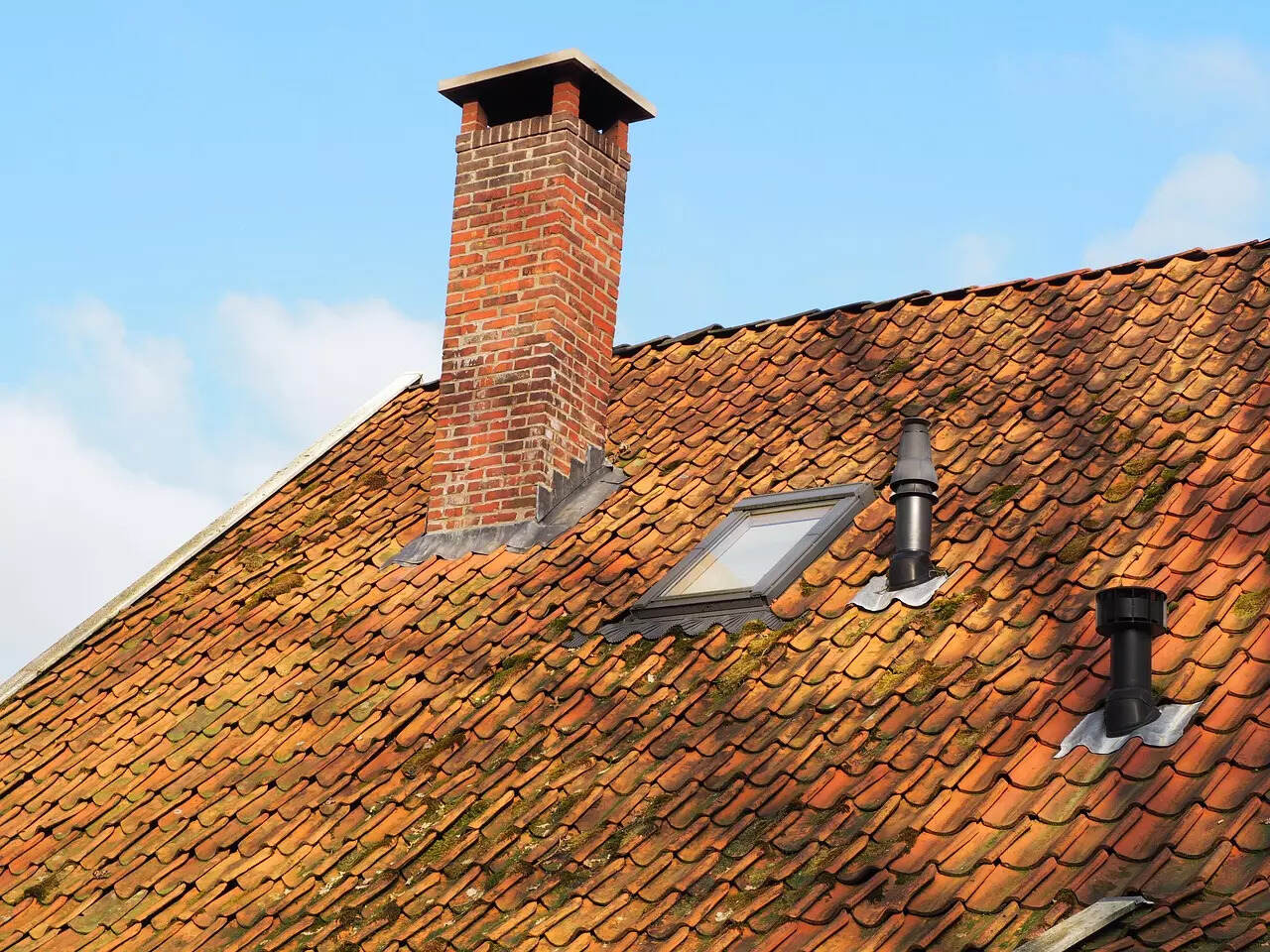
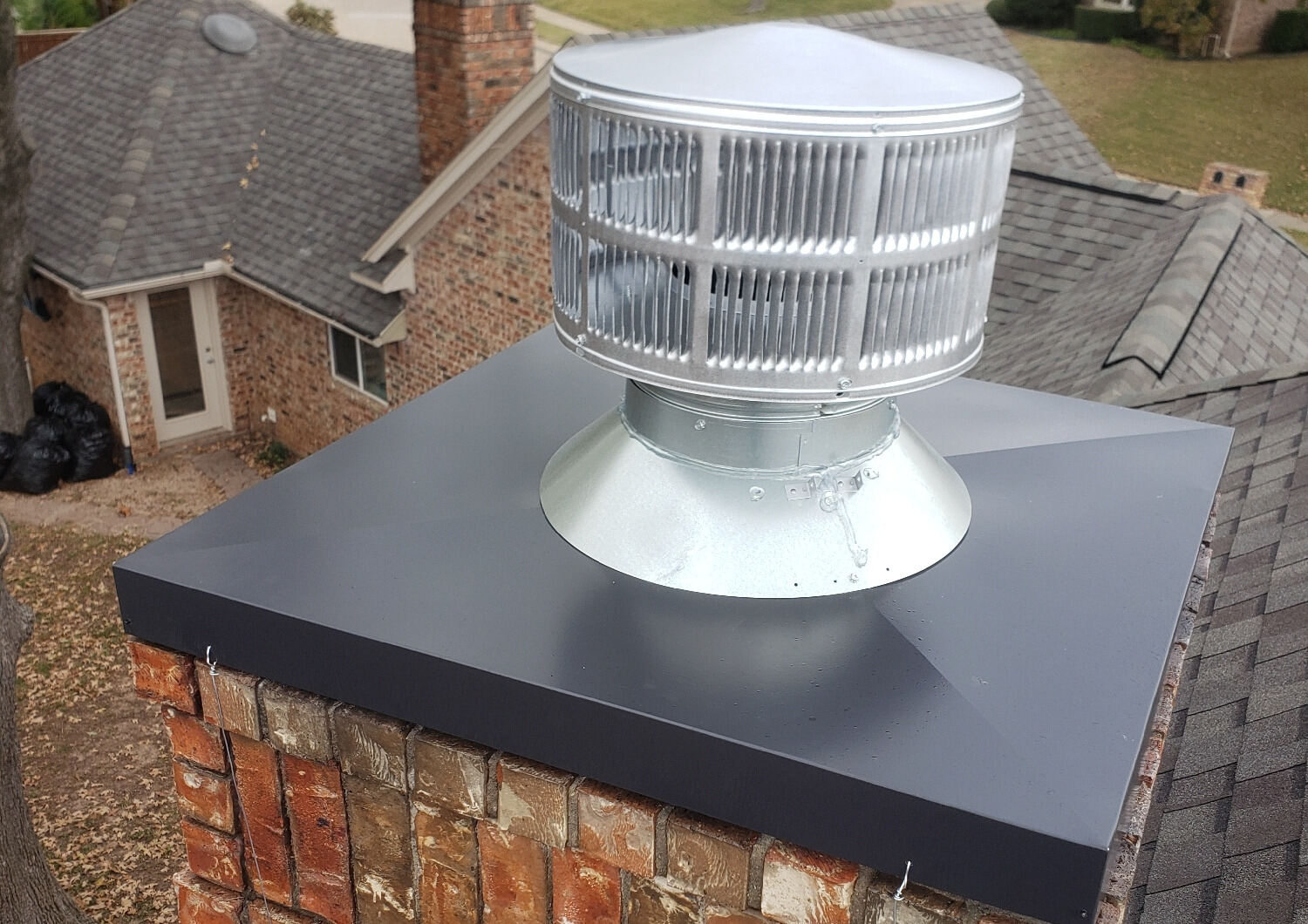
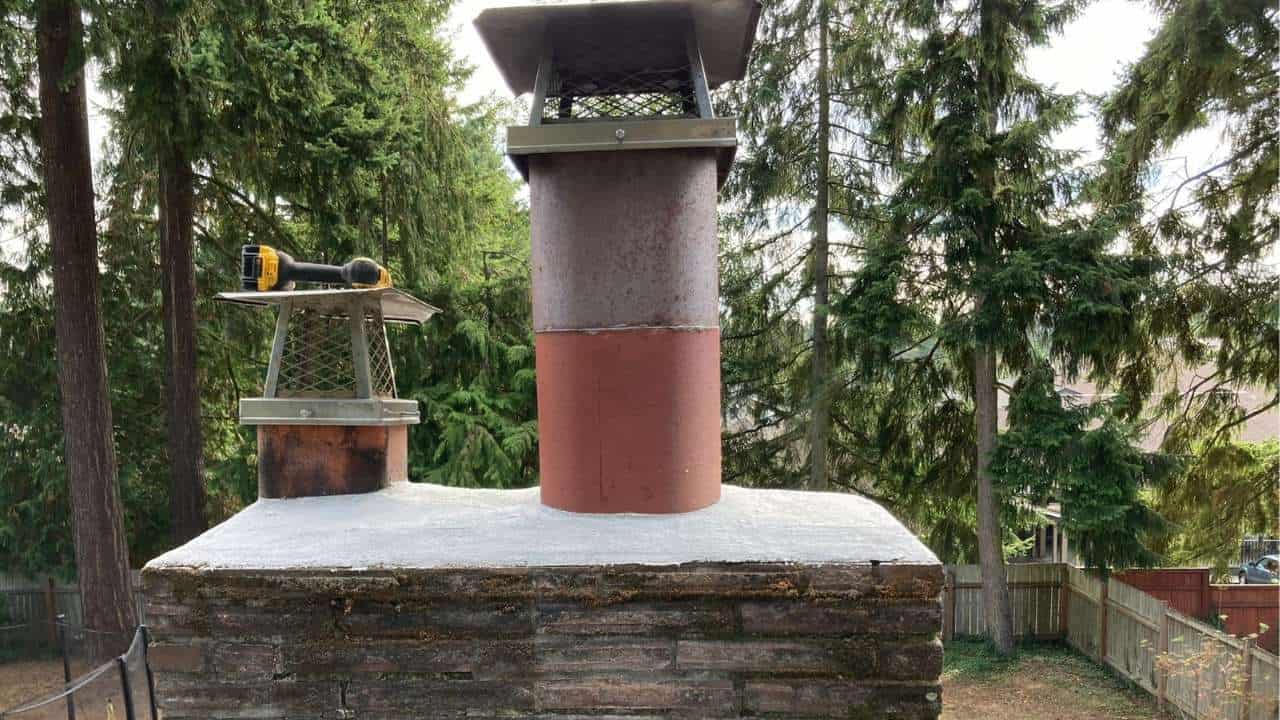
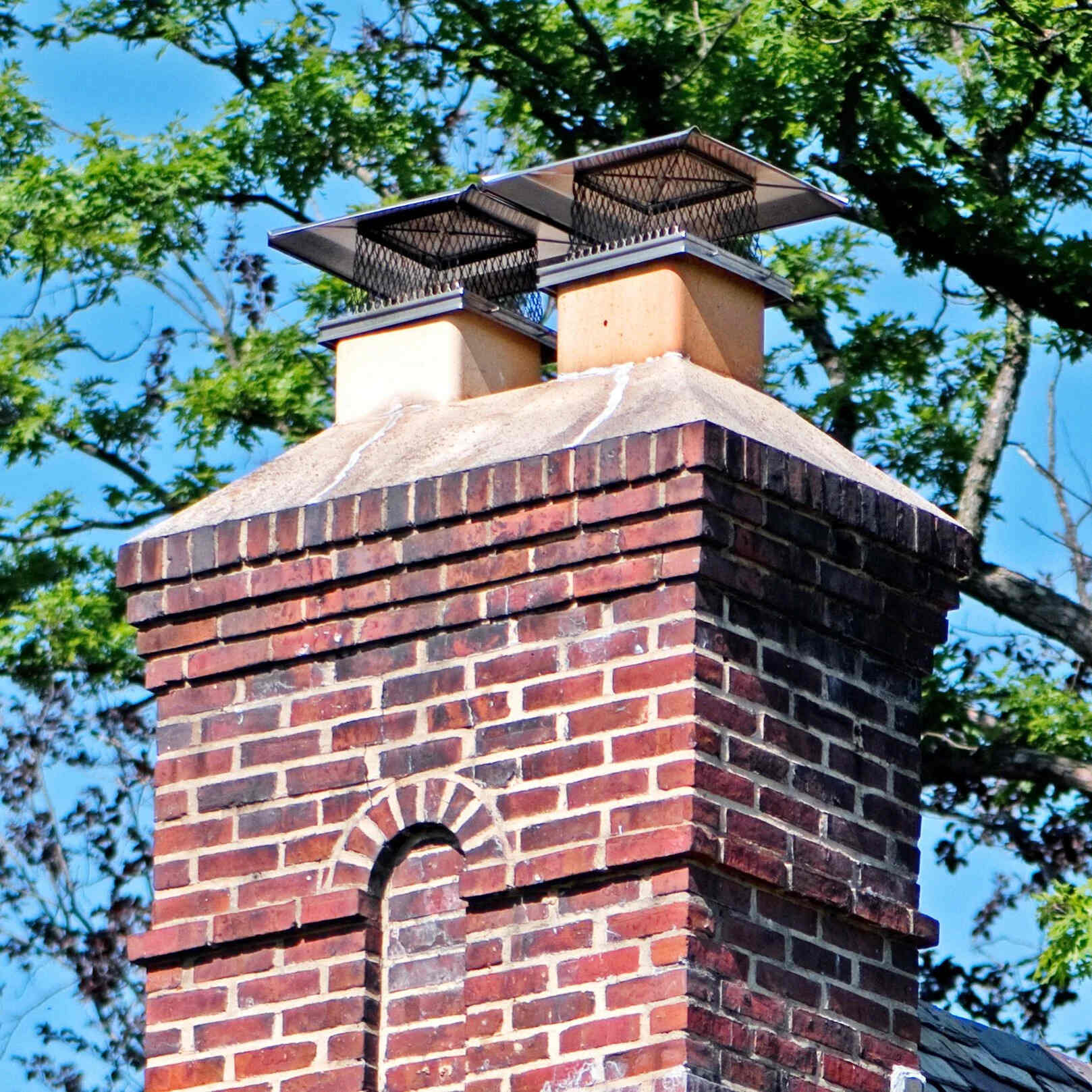
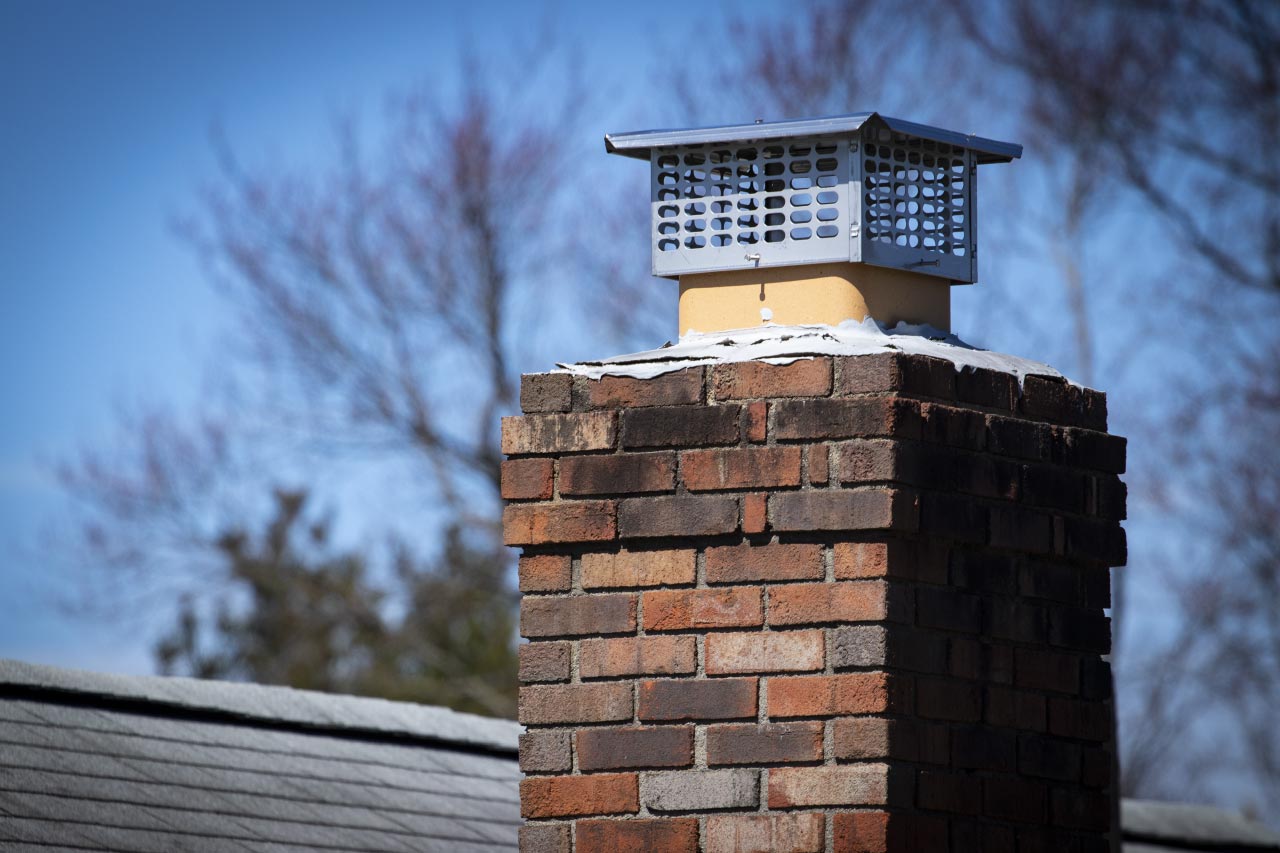
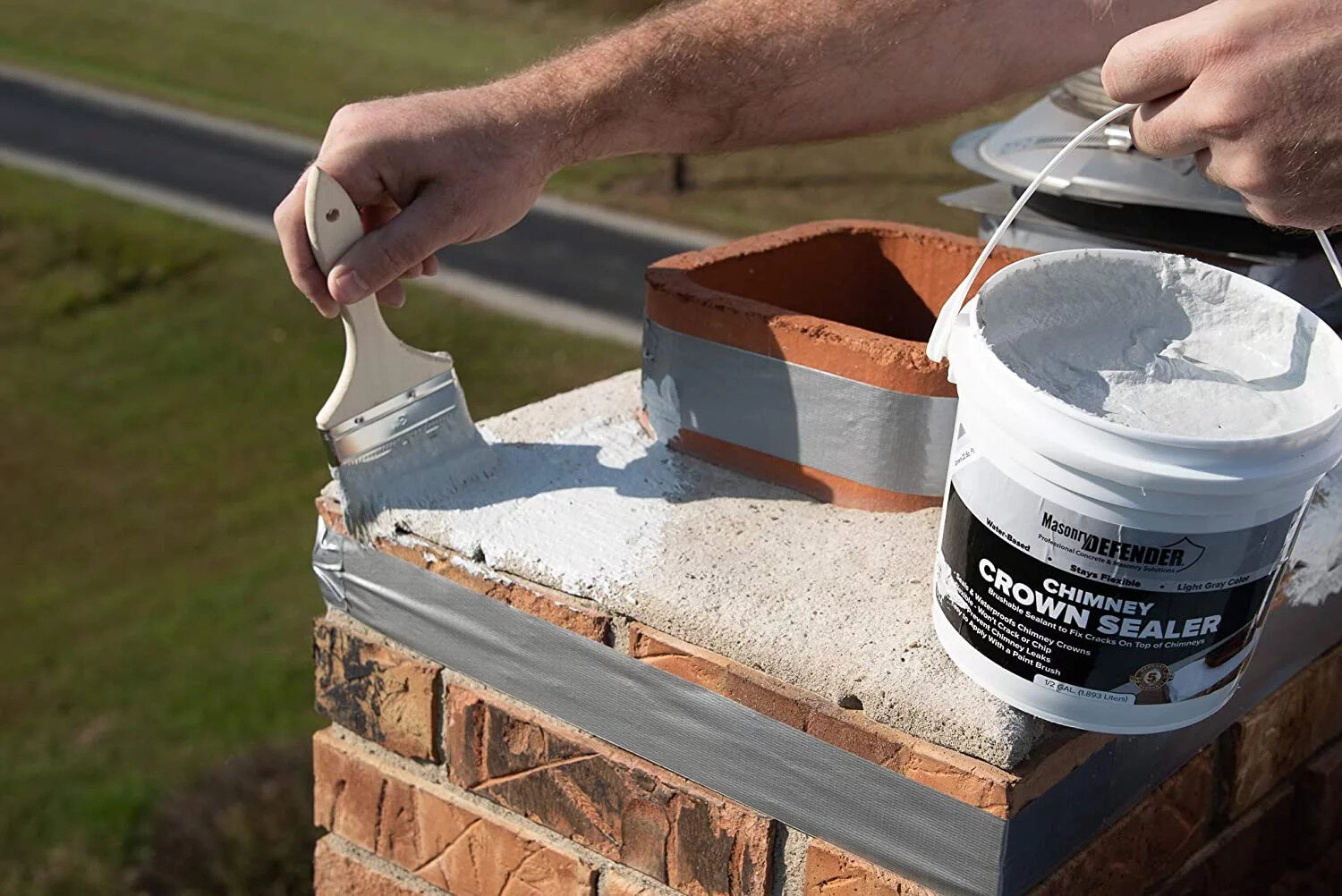


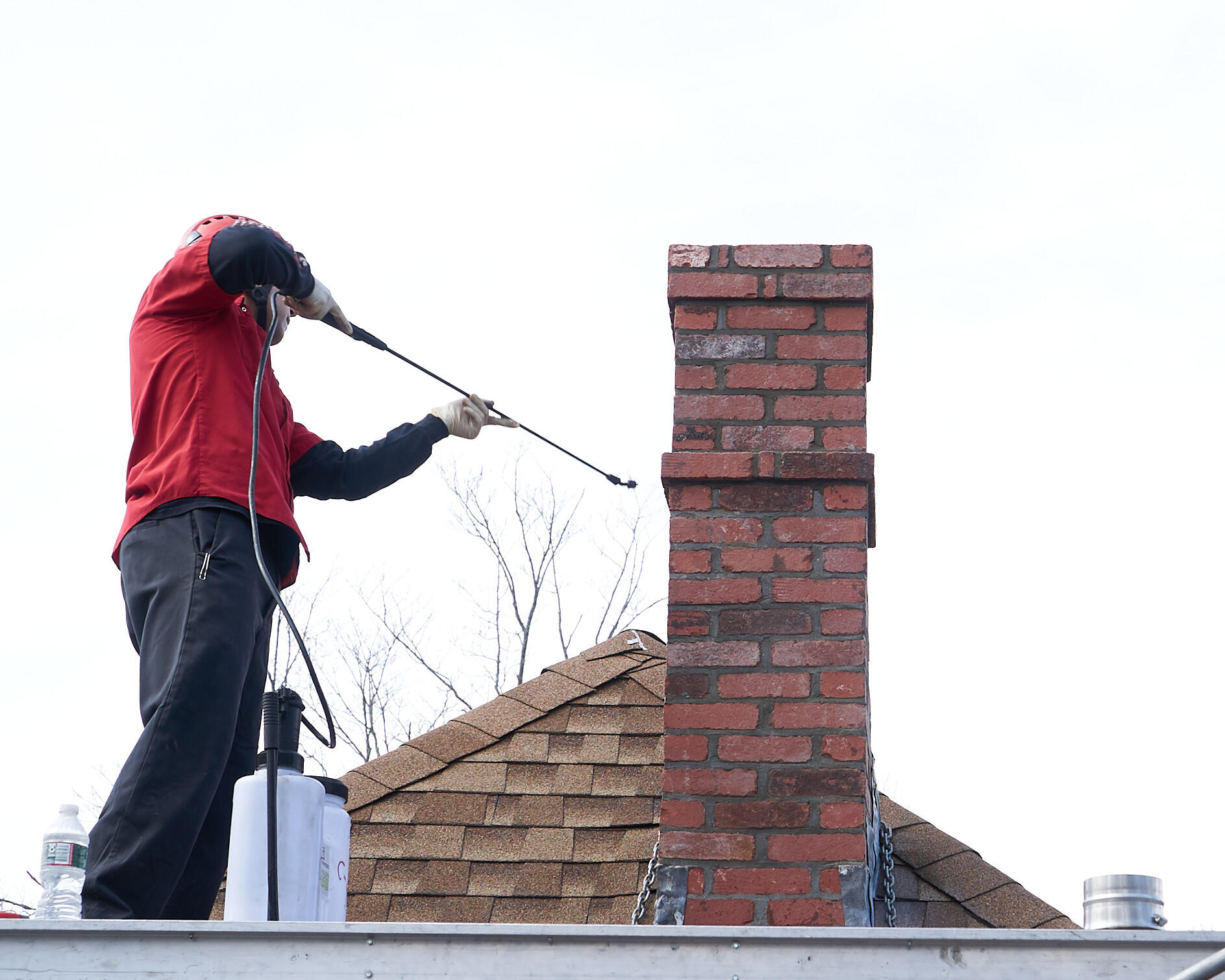
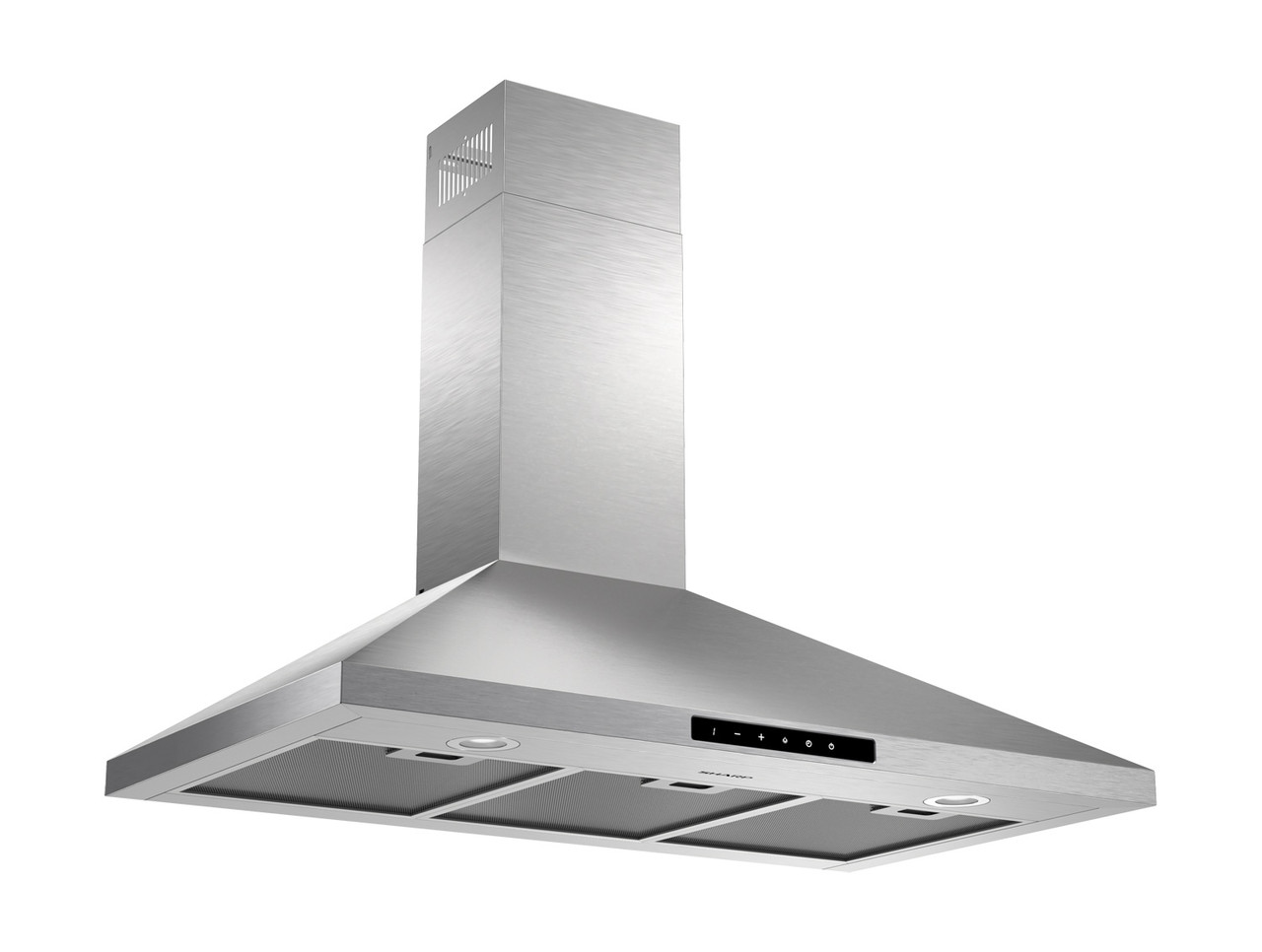
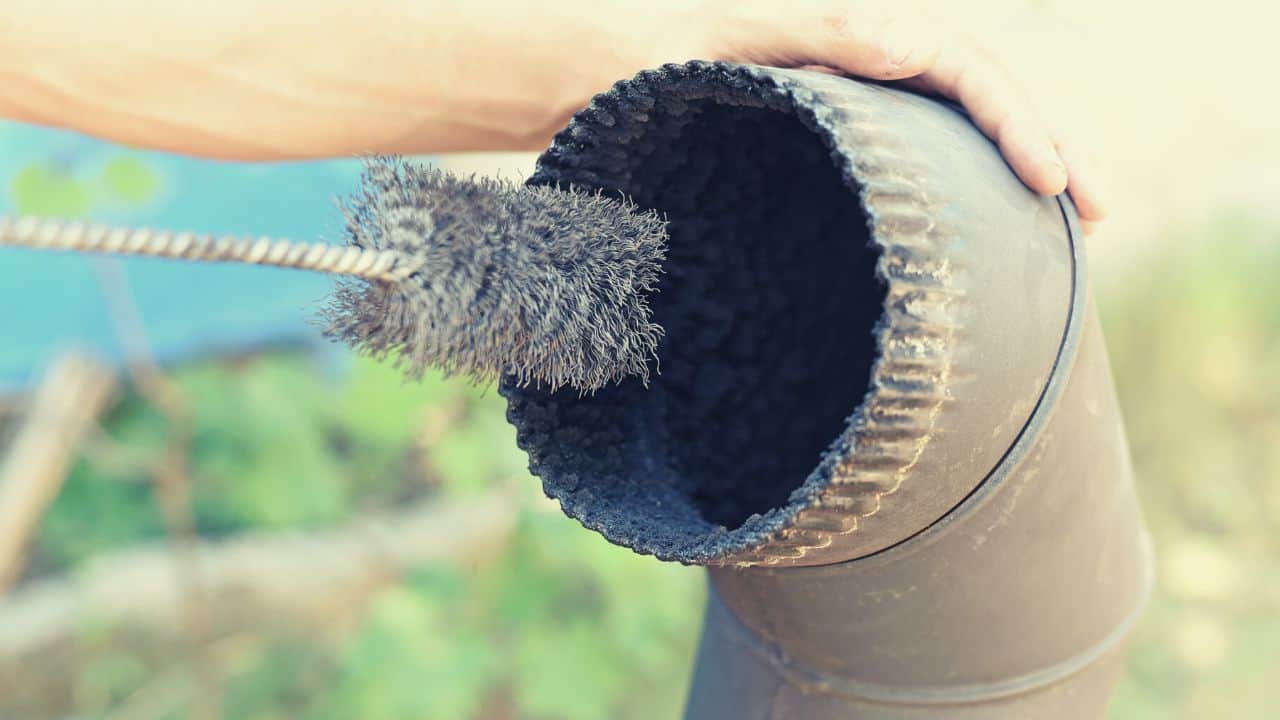
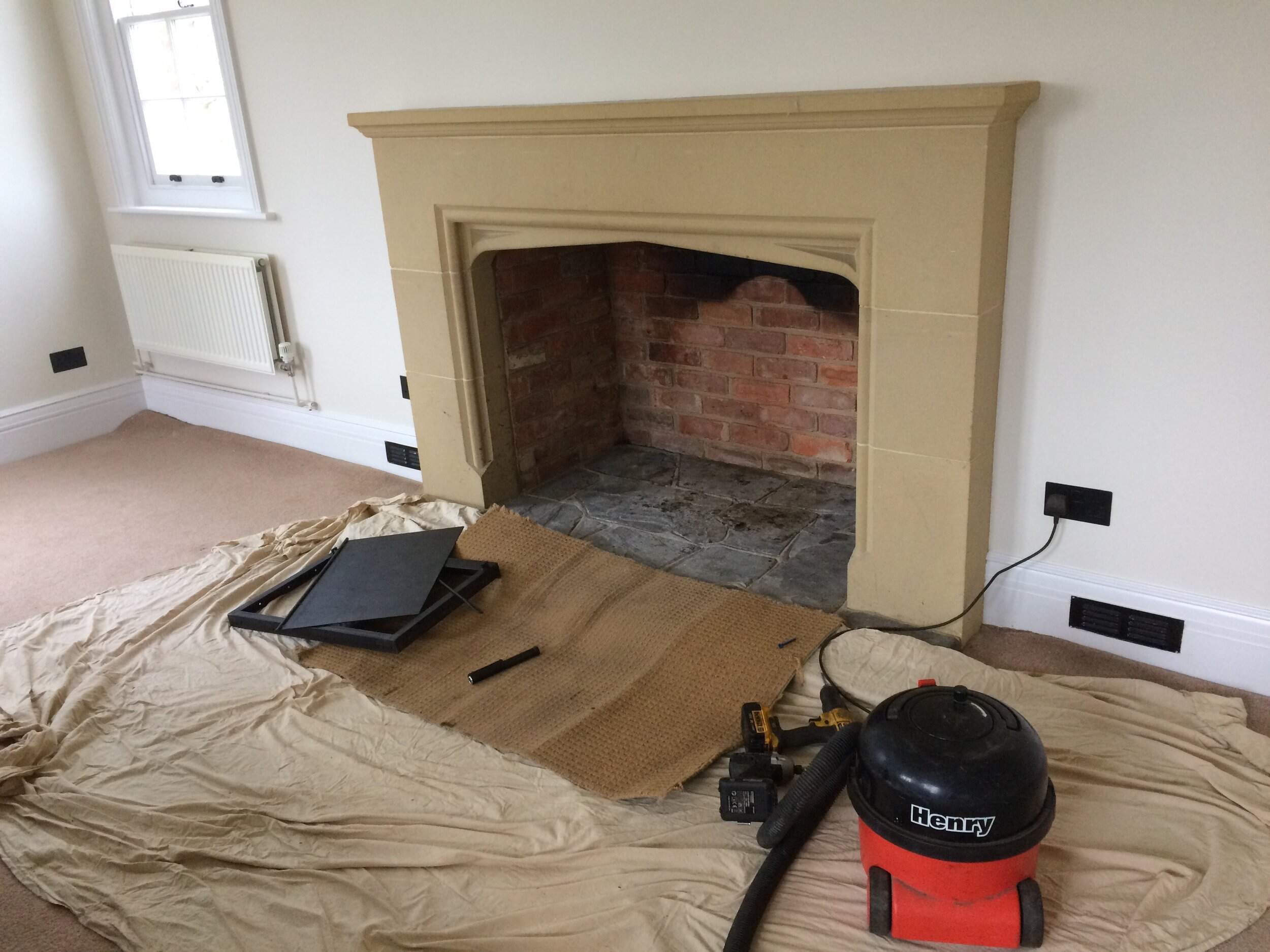
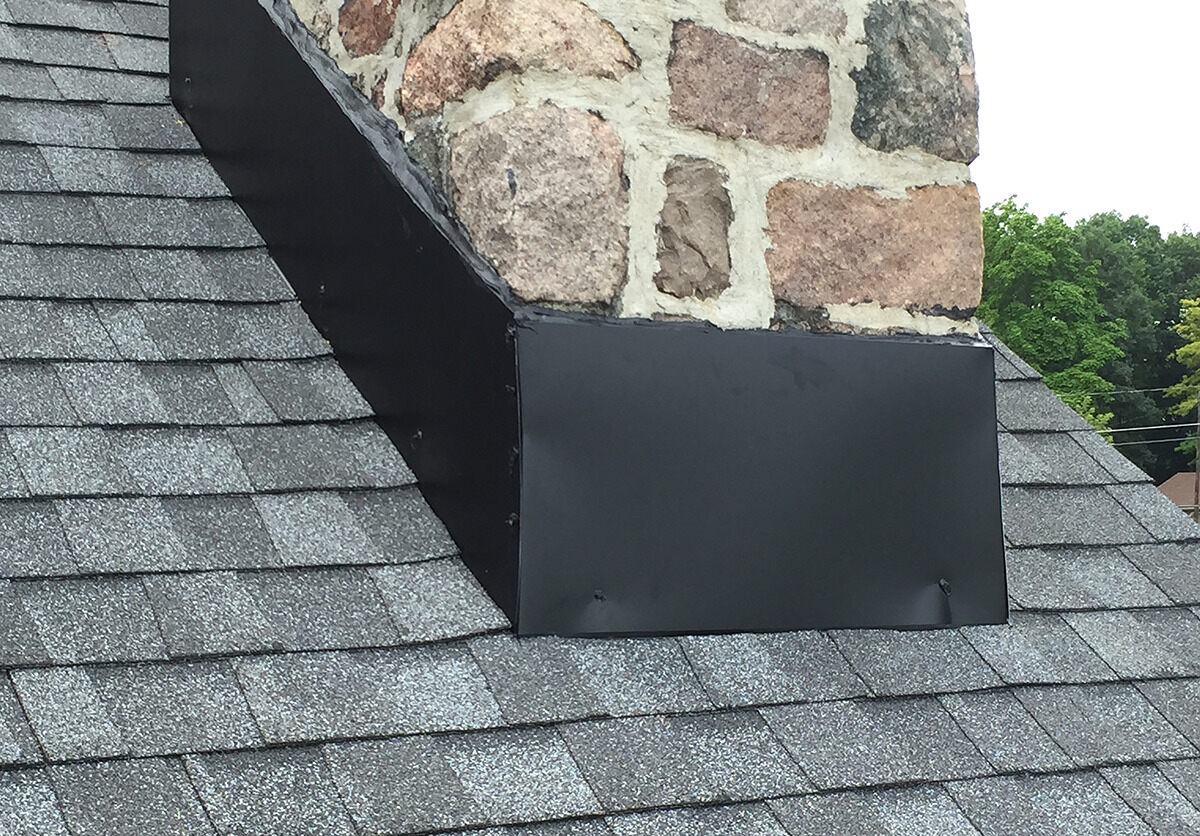

0 thoughts on “What Is Chimney Cap”